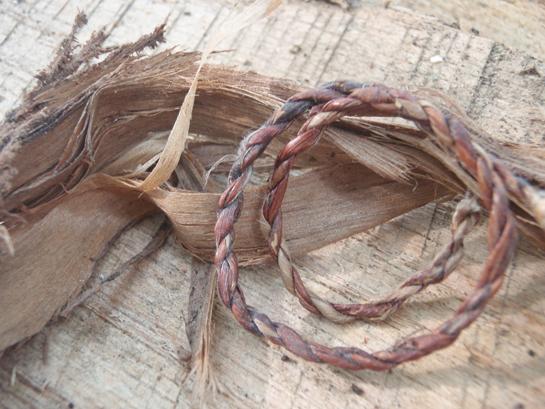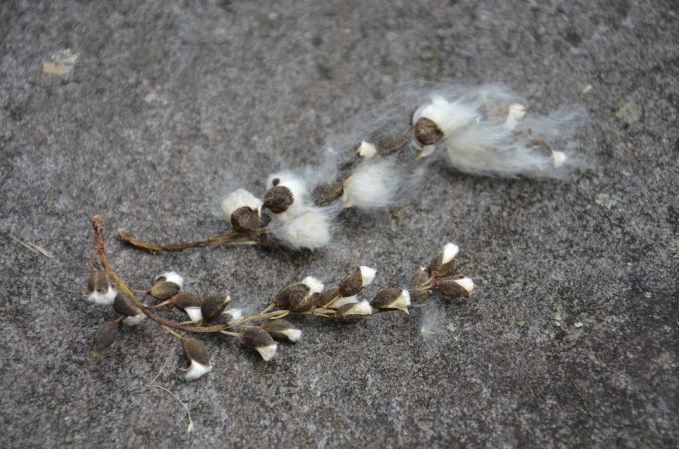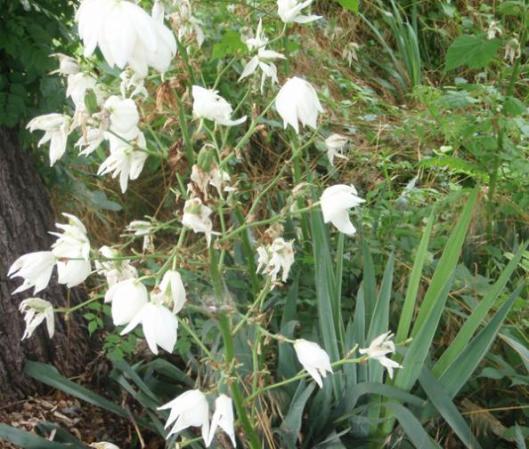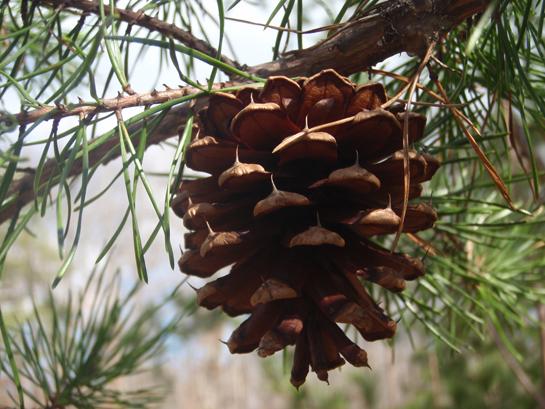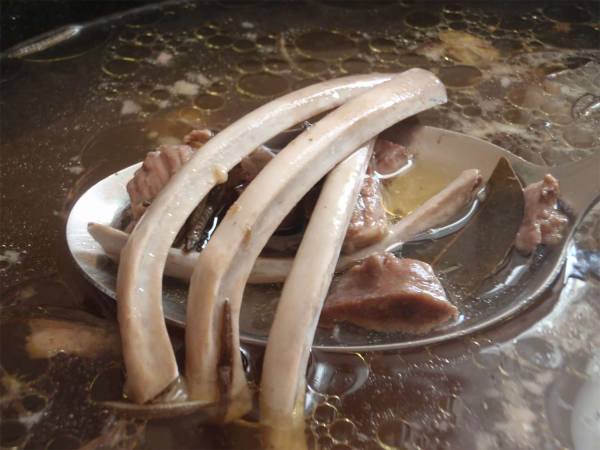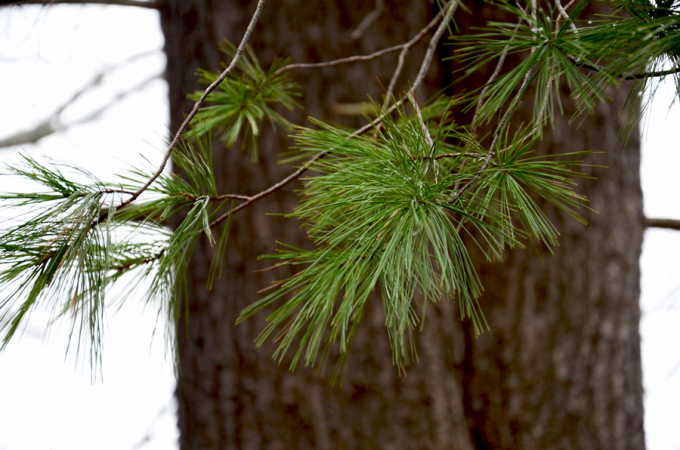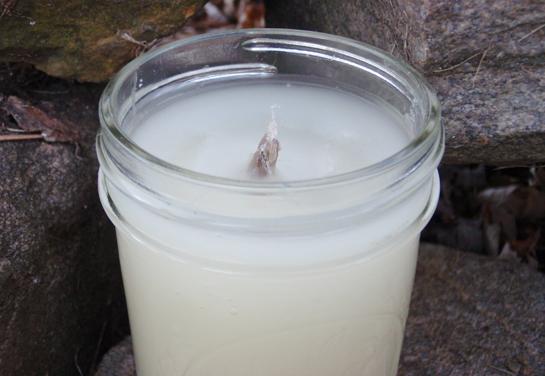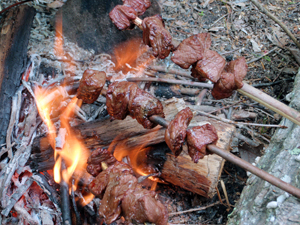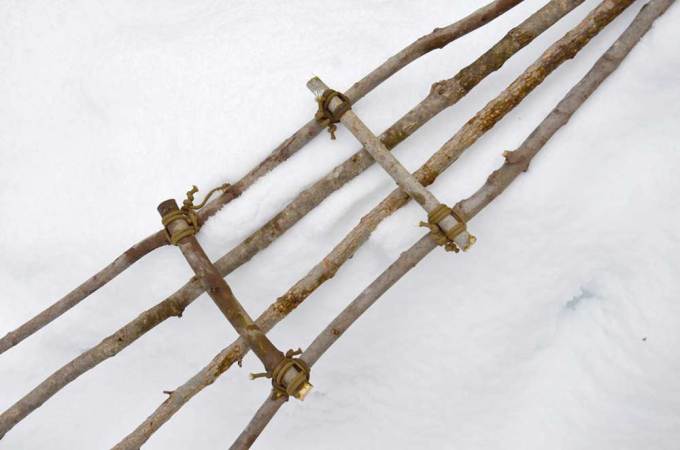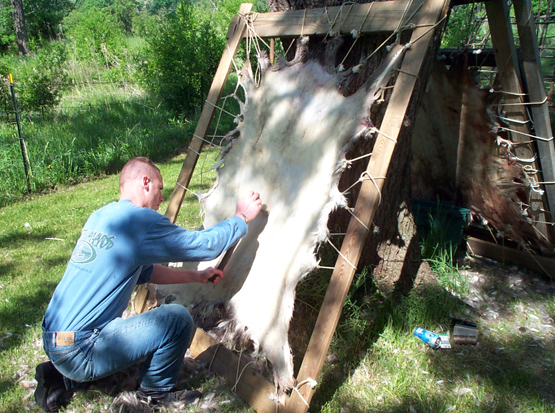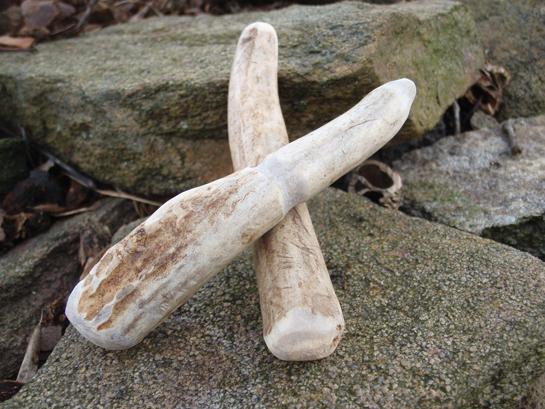Cordage is invaluable in a survival situation. A simple piece of rope can construct a shelter or trap a meal. While many natural resources can be transformed into cordage, few have the raw strength of sinew. Join us as we show you what this is, where you can get it, how to process it, and what you can do with it.
What is Sinew?
Like it or not, cordage is one of those survival resources that are always running thin. Yes, plant fibers can sometimes do the job, though many fibrous species aren’t very strong. Certain animal parts can also fill the need. Lacings cut from a deer hide and even strips of dried intestine can be used as string or twine in a pinch, but the highest strength in animal fibers will come from the creature’s very sinews and tendons. Few animal fibers are as strong as these and none can be turned into bowstrings and other cordage products with such high strength. So what is this magic fiber? The anatomical term sinew is a little vague since it includes both tendons (the fibrous tissue that connects muscle to bone) and ligaments (the tissue that connects bone to bone). You can think of it as the “rope” that holds animals together.
Where to Collect It
The easiest sinews to collect are lower leg tendons and the “silverskin” on the backstrap of big game animals (or harvested livestock). These strong whitish-grey tissues can be cut free with a sharp blade and set aside for further processing. Other connective tissues abound on animals, and they can be removed during the butchering process. See what you can find, process them, and test them for strength. You might be surprised by what you find.
Cleaning and Drying
After cutting a sinew free, peel off or scrape away any meat that can be removed. You’ll need to dry them for a few days to move to the next step (pounding). This drying can be sped up by slicing the sinews lengthwise (with a very sharp blade). This will allow the fibers to lose water more quickly. You can also place the pieces in a dry sunny spot for faster results. Just keep in mind that scavengers can steal your hard work if left unattended. Test for dryness by pounding. If the fibers separate and peel free, it’s dry enough to move forward.
Pounding Sinew
With a hammer or a rounded river cobble, you can unlock the strength and flexibility of sinew by pounding it with a hard, smooth object. This object shouldn’t have a gritty texture or any rough edges, as they will cut into the fibers. The goal of pounding with a hammer or round stone is to simply separate the fibers into strands. Once pounded and peeled apart, they look something like dental floss. These fibers can be woven into thick, flexible cordage or used as individual threads for small tasks and finer work.
Stretch Your Sinew
For those who know how to twist fiber into cordage, sinew strips can be combined and entwined to make cordage of any thickness or length (providing you have enough sinew to go around). Start by taking a small bundle of pounded and separated sinew, then twist it until it kinks. Hold the kinked loop and continue to twist the two “legs” of fiber. Each fiber leg should twist the same way, either clockwise or counterclockwise. As they wrap around each other, two-ply cordage is produced. Splice in an equal volume of new fibers when you get to the end of a terminating fiber bundle and you can make cord until you run out of sinew.
Binding Arrowheads and Fletching
With sinew that’s pounded as thin as dental floss, you can perform one of its most perfect chores: binding the pieces onto traditional arrows. It’s always strange to me, how such random and disconnected materials can become a lethal hunting tool. All you need are a few bird feathers, a stick, a sharp piece of stone or metal, and something to bind them all together. Space the split feathers equally around the rear of the arrow shaft and wrap them with dampened sinew strips. These can be moistened with a little spit or some watery hide glue. Since the sinew sticks to itself, you don’t even need to tie knots. Just stack it up and wrap it on top of itself, making sure the front of the fletching is covered with enough string and glue so that the sharp ends of the feather quills aren’t poking out. Arrowheads can be similarly attached with sinew strips and reinforced with glue.
Be sure to never use home-made wooden arrows (or purchased ones, for that matter) on a modern compound bow. The high strength and speed of a compound can cause wooden arrows to explode, rather than launch from the bow.
Read Next: 8 Different Ways to use a Survival Knife in an Emergency
Moisture is the Enemy
Sinews are incredibly strong when conditions are dry. In fact, many people report a tensile strength similar to a steel cable of the same diameter. Unfortunately, every hero has his Kryptonite, and the substance that weakens sinew is water. This prevents us from using sinew as any form of fishing tackle. It also means that our archery string will need to be kept dry. Sinew could make a powerful bowstring for dry weather hunting, but that string would soon come undone after being rained upon or dropped in water. It’s ironic since the animal needed water to live and grow the sinew, but after that, the positive relationship is over.
Add Some Pitch
Sinew may seem like it’s melting in the rain, but there is a way to slow (or even block) moisture from seeping into these strong animal fibers. The solution is to coat them in something that blocks water – like pitch glue. This is a type of waterproof resinous glue made from the sap of evergreen trees such as pine, spruce, fir, and cedar. It is ideal for wet conditions, although it will melt easily when heated. This is bad if you leave your pitch hafted arrowhead by the fire, but good if the head should break off the arrow shaft. It can be reheated and restored to its natural condition. To make your own pitch glue, gather the sap and pitch from wounds and weeping spots on the evergreen tree’s trunk and branches. The clearer and softer pitch will make better glue, but most evergreen sap is useable. Heat the pitch in a metal can or some other fireproof container. This will drive off the turpentine and volatile oils, allowing the pitch to harden at cooler temperatures. You can add a little finely ground charcoal dust to darken the glue and increase the volume, and wipe it over sinew wrapped projects while it is hot. This will create a water-resistant layer over the sinew and give you more options for use.
Repurpose the Scraps
Don’t waste little scraps of sinew, or even the dust from pounding it. This seemingly useless material is actually very handy if we can transform it. By simmering these scraps in water, we can make a version of “hide glue” which can be used to fasten many different materials together. Hide glue is a natural adhesive that can be produced from animal skins (as the name suggests), but it can also be made from sinews, tendons, and several other animal parts (from many different species). By simmering these parts in very warm water (between 130 to 150 degrees), we can extract fibrous proteins like collagen and elastin.
It’s important not to boil the sinew or other animal material, since temperatures over 180 degrees will break down the desired proteins and weaken the final product. To make the glue, combine one cup of fresh or dried animal parts with 2 cups of water and gently simmer them for several hours. The proteins will seep out into the water and begin to thicken it. As you continue the low heat, replace any water that evaporates away. Test the glue’s thickness and strength by periodically using a drop or two on some paper or other absorptive material.
After a few hours of simmering, filter out the sinew, scraps, and particulate matter by pouring the glue through a cloth. You can then continue to simmer the glue until it reaches the consistency and appearance of hot maple syrup (though it will smell more like a wet dog). Use the glue right away or dry it for future use. One of the simplest ways to dry the glue is to turn it into glue chips. Allow the glue syrup to cool until it becomes gelatinous. Slice it into small bits and thoroughly dry it (otherwise, it will rot). Reconstitute these dried glue chips by simmering them in a small amount of water.
